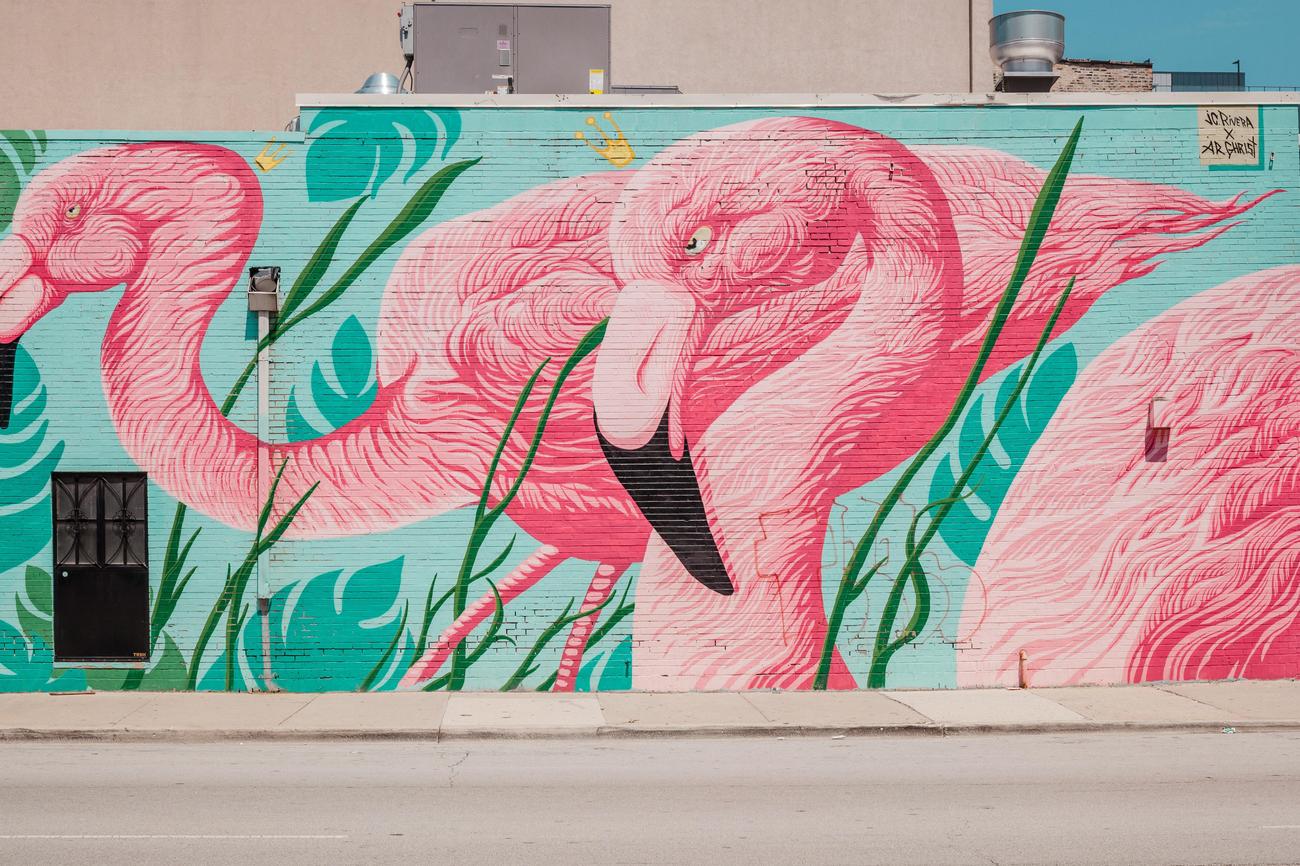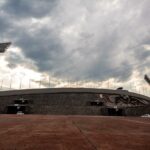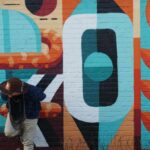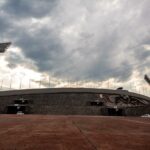Prepare to embark on a mesmerizing journey through the captivating world of Diego Rivera’s mural influences. In this article, we will unravel the profound impact that this iconic 20th-century Mexican artist had on the art world and beyond. As an experienced art historian with a keen eye for detail and a deep understanding of historical contexts, I will guide you through the intricate layers of Rivera’s artistic expression, delving into the social, political, and cultural undercurrents that shaped his mesmerizing murals. Brace yourself for a captivating exploration of Rivera’s mural influences and prepare to be enthralled by the power of visual narratives.
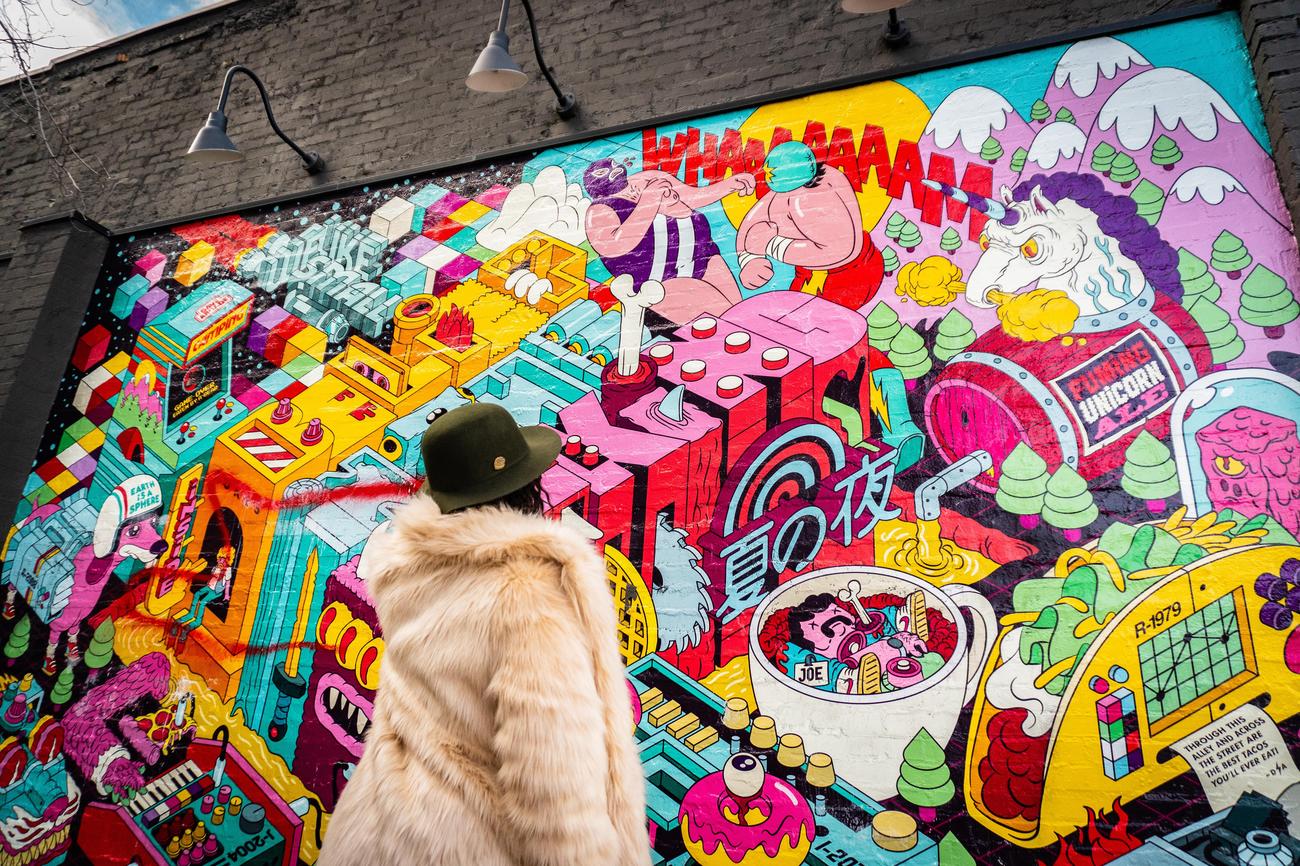
Diego Rivera Mural Influences
Diego Rivera, an iconic figure in 20th-century Mexican art, was deeply influenced by various factors that shaped his unique style and subject matter. His murals, which depict the lives of the working class and native peoples of Mexico, are a reflection of his political ideals and his commitment to social justice. Rivera’s artistic journey was influenced by a blend of historical events, artistic movements, and personal experiences, all of which contributed to the development of his distinctive artistic expression.
One of the major influences on Rivera’s murals was the political climate of the time, particularly the Mexican Revolution and the Russian Revolution. Inspired by the ideals of these movements, Rivera aimed to capture the struggles and aspirations of the working class in his art. His murals became a platform to raise awareness about the social injustices prevalent in Mexican society and to advocate for change.
Rivera’s interest in creating murals was sparked during his trip to Italy, where he discovered the Renaissance frescoes that adorned the walls of churches and public buildings. This exposure to the grandeur and storytelling potential of murals left a lasting impact on him. He saw the potential of murals as a means to bring art out of elite circles and into the public sphere, where it could engage and inspire a wider audience.
An important aspect of Rivera’s mural influences was his involvement in the Mexican Mural Movement of the 1920s. This movement aimed to create art that reflected the Mexican identity and addressed social and political issues. Rivera, along with other prominent artists of the time, used mural painting as a form of cultural and political expression. Their murals served as a visual narrative that conveyed powerful messages about the struggles and aspirations of the Mexican people.
Rivera’s artistic influences extended beyond the political and social realm. During his time in Paris, he immersed himself in the study of Classical and ancient art. This exposure to the works of the masters of the past, such as Michelangelo and Giotto, greatly influenced his artistic style. Rivera’s murals often drew inspiration from the grandeur and compositional techniques of these historical artworks while infusing them with his own unique perspective and subject matter.
Furthermore, Rivera’s belief in the role of the artist as a craftsman at the service of the community played a significant role in shaping his mural influences. He saw art as a powerful tool for social transformation and aimed to create murals that were accessible and relatable to the general public. His murals not only depicted the struggles of the working class but also celebrated their resilience, showing the potential for positive change through collective action.
In summary, Diego Rivera’s mural influences were deeply rooted in his passion for social justice and his commitment to using art as a means of cultural and political expression. From the political ideals of the Mexican Revolution to the inspiration he drew from Renaissance frescoes and the study of Classical art, Rivera’s murals encapsulate the intricacies of 20th-century Mexican art. Through his artistic expression, Rivera left a profound impact on the art world and beyond, showcasing the power of murals to inspire, educate, and provoke change.
“Diego Rivera’s mural influences were a fusion of political ideals, historical movements, and personal experiences, giving rise to a distinctive artistic expression that continues to captivate audiences worldwide.”
Explore the mesmerizing world of Diego Rivera Murals, masterpieces that depict the indomitable spirit of the Mexican people. Witness the vibrant colors and intricate details that bring to life the rich history and cultural heritage of Mexico. Immerse yourself in Rivera’s captivating storytelling through his art, as each mural unfolds a unique tale of struggle, triumph, and resilience. Don’t miss the chance to experience these awe-inspiring works in person. Click here to discover the enchanting beauty of Diego Rivera’s Murals: Diego Rivera Murals.
FAQ
Question 1:
What were the political ideals that inspired Diego Rivera’s murals?
Answer 1:
Diego Rivera’s murals were inspired by the political ideals of both the Mexican Revolution and the Russian Revolution. He aimed to reflect the lives of the working class and native peoples of Mexico.
Question 2:
What influenced Diego Rivera to create murals?
Answer 2:
Diego Rivera developed an interest in making murals after a trip to Italy, where he found inspiration in Renaissance frescos. He saw the walls of universities and public buildings as a canvas for his art and used them to create murals that revived the concept of public art.
Question 3:
What were the themes of Diego Rivera’s murals?
Answer 3:
Diego Rivera’s murals often highlighted political issues from the Mexican Revolution and exhibited a fondness for working class societies and the overthrow of oppressive governments. His art frequently included attacks on the ruling class, the church, and capitalism.
Question 4:
How did Diego Rivera view the role of the artist in society?
Answer 4:
Diego Rivera saw the artist as a craftsman at the service of the community. He believed in creating easily accessible visual language in American public art, which helped give rise to the concept of art for the masses.
Question 5:
What is Diego Rivera’s legacy in the history of art?
Answer 5:
Diego Rivera’s legacy includes being one of the leaders of the Mexican Mural Movement of the 1920s and making significant contributions to the history of art and modern society as a whole. His murals influenced the Federal Art Program of the 1930s and his study of Classical and ancient art during his time in Paris also influenced his artistic style.
- China II Review: Delicious Food & Speedy Service - April 17, 2025
- Understand Virginia’s Flag: History & Debate - April 17, 2025
- Explore Long Island’s Map: Unique Regions & Insights - April 17, 2025
